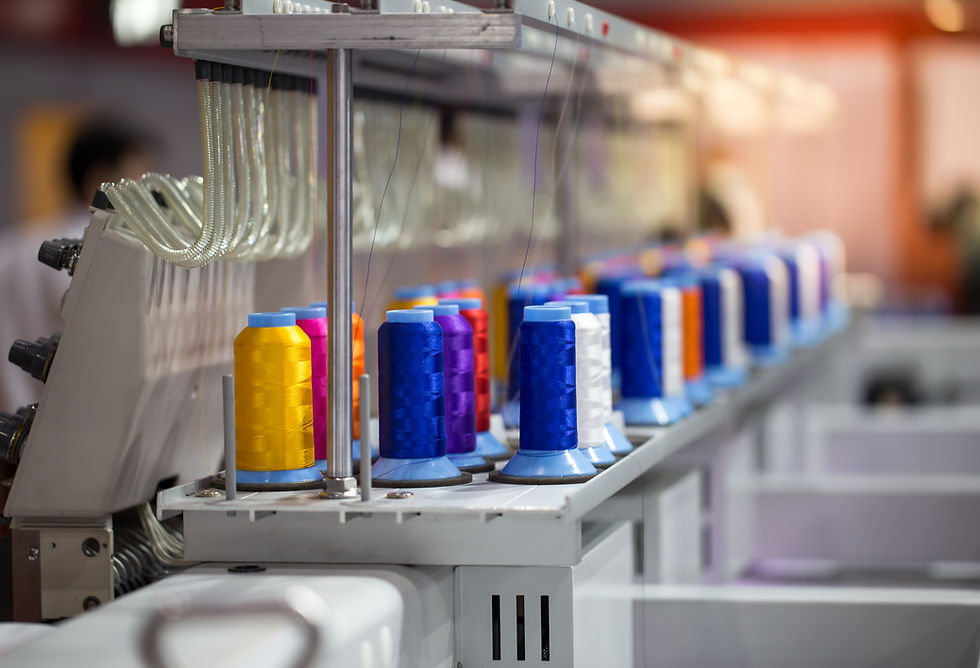What Is A Robust Manufacturing Process? Continuous Improvement (Part 4)
- May 31, 2024
- 3 min read
Updated: Jun 7, 2024
APQP, FMEA and PPAP are all about designing all the controls and capabilities for a robust process. Trying to convert an existing poorly performing production facility into a robust process can be done but requires time (often downtime whilst trying to support production!) and extra cost. To do this would be a whole new conversation!
Setting the scene...
You have your new production line. It has been commissioned and has been producing good parts. Like a new car, it drives every bit as it was designed to do and delivers a pleasurable driving experience. But fail to do your quality inspections (oil, water, tyre pressure etc.) and that driving experience could change to a negative one quickly! Ignore the scheduled maintenance intervals and the reliability in performance will be compromised. A production line, machines and gauges are no different.
So what do we need to do to monitor and maintain our robust process?
Naturally, everything is specified in our PPAP! But in this section, I want to focus on continuous improvement, SPC and MSA.
Continuous improvement is driven by the philosophy of "if you’re not improving then you’re standing still". If you’re standing still in today’s competitive environment then you are actually going backwards.
No matter how well the process has been planned, there is always an opportunity for improvement. There will be quality concerns - internal or external. There will be performance breakdowns. There will be information based on customer feedback, employee involvement teams, quality data analysis, market dynamics and technology improvements. So we can continue to build a better and more efficient production facility. There are several tools to assist in continuous improvement: Kaizen; PDCA; Six Sigma; Lean Manufacturing; Value Stream Mapping and SPC. Applying any one or more of these methods can help keep you focused on keeping your production facility robust.
Let's split SPC or Statistical Process Control into two parts:
Process Capability: As was discussed earlier, capability assesses the ability of a process or operation to repeat within predefined specifications, defining the variation of the process to that of the tolerance limits. We use the indices Cp/Cpk, Pp or Ppk to quantify how well the process meets drawing specifications. Process capability should be performed at least once every twelve months.
Control Charts on the other hand are used to monitor the stability of the process over time. A typical Xbar and R chart plots the performance of the process over time against calculated control limits (not tolerance specifications). Using control charts helps identify trends, shifts, or other patterns that may indicate special causes of variation that require investigation and corrective action to keep the process under control.
So we can say that capability analysis studies whether or not a process is capable of meeting drawing specifications, whereas control charts monitor the ongoing performance and variation of the process. Both are needed if we wish to maintain our robust process.
As for MSA (Measurement System Analysis), we need to perform an analysis to ensure the measurements taken from a manufacturing process are both accurate and reliable. More commonly known as a Gauge R&R (Repeatable & Reproducible) Study, this ensures the equipment we use to obtain data that we do or do not act upon or make decisions about, is reliable, accurate and capable of producing consistent results.
I hope I have succeeded in defining a Robust Process and the tools for measuring and maintaining a robust production facility. Till next time!

Written by:
Matthew Woodford (ht+a Trainer & Consultant)



Comments